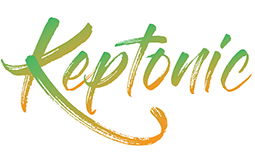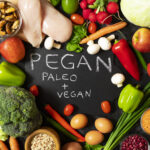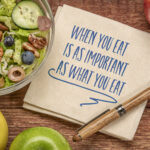I specialize in various nutrition approaches, including pegan, low carb, ketogenic, plant-based, and paleo nutrition. I tailor dietary recommendations to suit individual needs and goals.
Intermittent fasting is an eating pattern that involves cycles of fasting and eating. It may help with weight management, improve metabolism, and support various health benefits. I can guide you in implementing it safely and effectively.
Low carb and keto diets focus on reducing carbohydrate intake to promote fat burning for energy. These diets can aid in weight loss, improve metabolic health, and may be suitable for certain individuals. I can help you understand and adopt these approaches if they align with your goals.
Sustainable weight loss is achieved through a combination of proper nutrition and lifestyle changes. I offer personalized guidance to help you reach your weight loss goals by creating a plan that suits your unique needs and preferences.
Building a healthy metabolism involves factors like diet, exercise, and lifestyle. I can design a nutrition plan that supports metabolism and energy levels, tailored to your specific requirements.
Yes, I offer detox programs designed to help your body eliminate toxins and promote overall well-being. These programs typically involve a specific dietary approach and lifestyle adjustments, which I will customize to your needs.
Longevity-focused nutrition involves eating nutrient-dense foods and adopting a healthy lifestyle. I can provide guidance on foods and habits that may support longevity and overall health.
Eating psychology focuses on the emotional and psychological aspects of eating. I can help you develop a healthier relationship with food by addressing emotional eating and promoting mindful eating habits.
Yes, I offer customized nutrition plans for children to ensure they receive the right nutrients for healthy growth and development. These plans are designed with their unique nutritional needs in mind.
To get started, simply reach out to me for a consultation. We’ll discuss your specific goals, preferences, and any dietary restrictions. I’ll then create a personalized nutrition plan to help you achieve your desired results.



